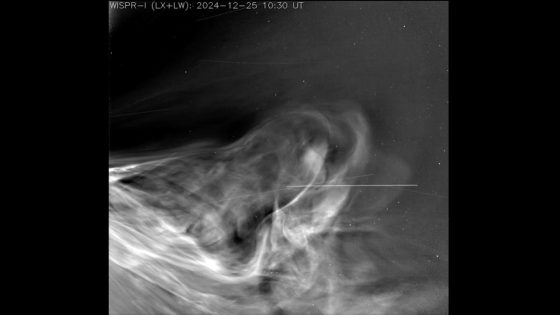The mesosphere, often dubbed the “ignorosphere,” is a challenging region of our atmosphere, lying about 37 miles above Earth. Despite its significance, monitoring this area has been a persistent challenge for scientists. A recent study published on 2025-08-13 19:01:00 reveals a groundbreaking approach to exploring this elusive layer using a lightweight, sunlight-powered device.
- Mesosphere: too high for planes, too low for satellites
- New device levitates using sunlight and photophoresis
- Sustainable flight mechanism with no fuel required
- Inspired by 19th-century Crookes radiometer invention
- Potential applications in Martian atmosphere exploration
- Future swarms could gather atmospheric data
This innovative disc-like structure, crafted from ceramic aluminum, utilizes photophoresis—light-driven motion—to levitate without any fuel. When sunlight strikes the disc, it creates a pressure difference that keeps it airborne. The potential applications of this technology extend beyond our atmosphere, possibly aiding in the exploration of Mars.
This advancement raises an intriguing question: Could this technology redefine our understanding of atmospheric science? The implications are vast, as researchers envision swarms of these devices collecting vital data.
- Lightweight design allows for sustained flight.
- Photophoresis offers a sustainable energy source.
- Potential for high-resolution atmospheric data collection.
As researchers continue to refine this technology, we may soon see a new era of atmospheric exploration, unlocking mysteries that have long eluded scientists.

































